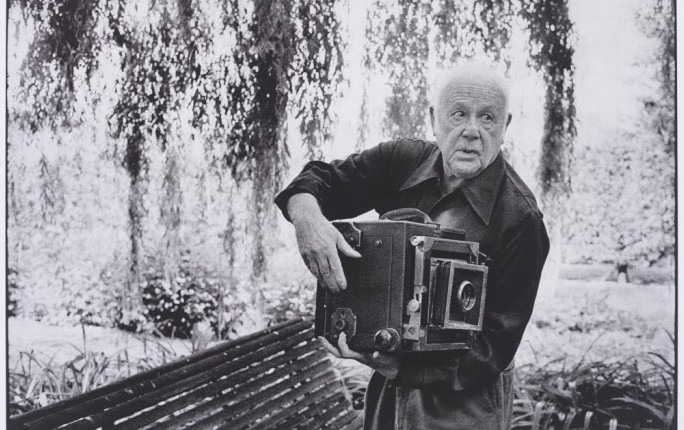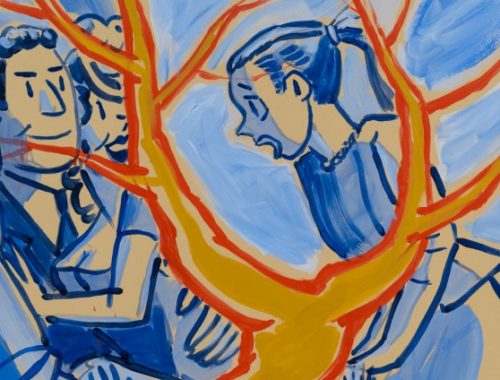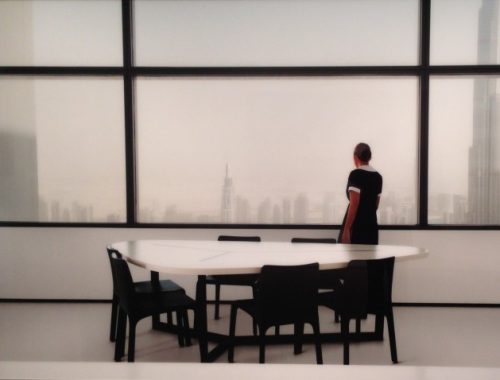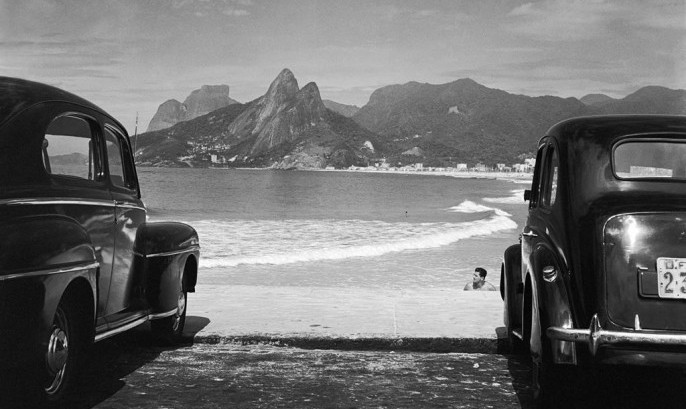
PAUL STRAND _ PHOTO & FILM FOR THE 20TH CENTURY
Celebrated in a major retrospective the Victoria and Albert Museum London documents the multiplicity of Paul Strand’s practice, from his early
efforts to secure photography’s position as a modernist art form, to his embrace of film-making, to his powerful evocation of people and place in his post-war photo books. Strand is revealed as a complex and contradictory figure: a stubborn aesthete, a committed leftist with communist sympathies, and a pastoralist motivated by a strong sense of social purpose. The exhibition starts with Strand’s rapid mastery of the prevailing Pictorialist style of the 1910s and his growing interest a few years later in abstraction.
Paul Strand is consideren one of the greatest masters of modern photography and the current retrospect at V&A draws from a rich source of material and footage: a recent major acquisition of 3,000 prints by the Philadelphia Museum of Art is the core of the exhibition showing the evolution of Strand’s work over six decades.
We see him attempting to incorporate into photography some of the key lessons of modern art, especially Cubism and work by the American artists in the Alfred Stieglitz group. At the same time, Strand began to explore urban subject matter, including a remarkable series of close-up portraits of people taken anonymously on the streets of New York. He was investigating the capacity of the camera to record modern life and was particularly interested in its ability mechanically to capture mesmerizing detail. The exhibition includes Strand’s first short film, Manhatta (1921), a ‚city symphony‘ dedicated to New York, made together with the artist Charles Sheeler.
At once romantic and highly formal, it is considered the first American avant-garde film. Strand was always interested in travel and in particular the capacity of the camera to reveal the qualities of place and events that would otherwise not be encountered. Between 1932 and 1934 he photographed in Mexico, a country which had a profound effect on him, deepening his engagement with the politics of the left. Here he made a remarkable series of portraits, placing a prism on the lens of his Graflex camera so as to make images surreptitiously. Strand was also interested in the context of Mexican peasant life, making an equally remarkable series of images of bultos, the carved and painted religious figures in Mexican churches. Strand’s enduring attention to time and history becomes more strongly articulated in these images, an effort to record qualities of life that he deeply valued.
Deeply impacted by the world economic crisis of the 1930s, Strand then took also an increasing interest in film-making as a means of encouraging social change. It would dominate much of his creative work over the next decade. The exhibition includes excerpts from two important films, Redes (1936) and Native Land (1942). Set in Mexico, the former is a fictional account of a fishing village struggling to overcome the exploitation of a corrupt boss. The latter, co-directed by Leo Hurwitz and by Paul Robeson, is Strand’s most ambitious film and was created after he returned to New York to set up Frontier Films, a collective dedicated to making left-wing documentaries. Blending fictional scenes and documentary footage, Native Land focuses on union-busting in the 1930s from Pennsylvania to the Deep South. Strand’s films reveal the extent of his political commitments, but equally the limits on his filmmaking ambitions as America became embroiled in the Second World War.
Photography and Film for the 20th Centruy
Paul Strand
Through 3 July
Victoria and Albert Museum
London
www.vam.ac.uk
You May Also Like

DAVID SALLE WORKS ON PAPER
25/09/2023
ISAAC JULIEN _ KAPITAL PLAYTIME
28/04/2021